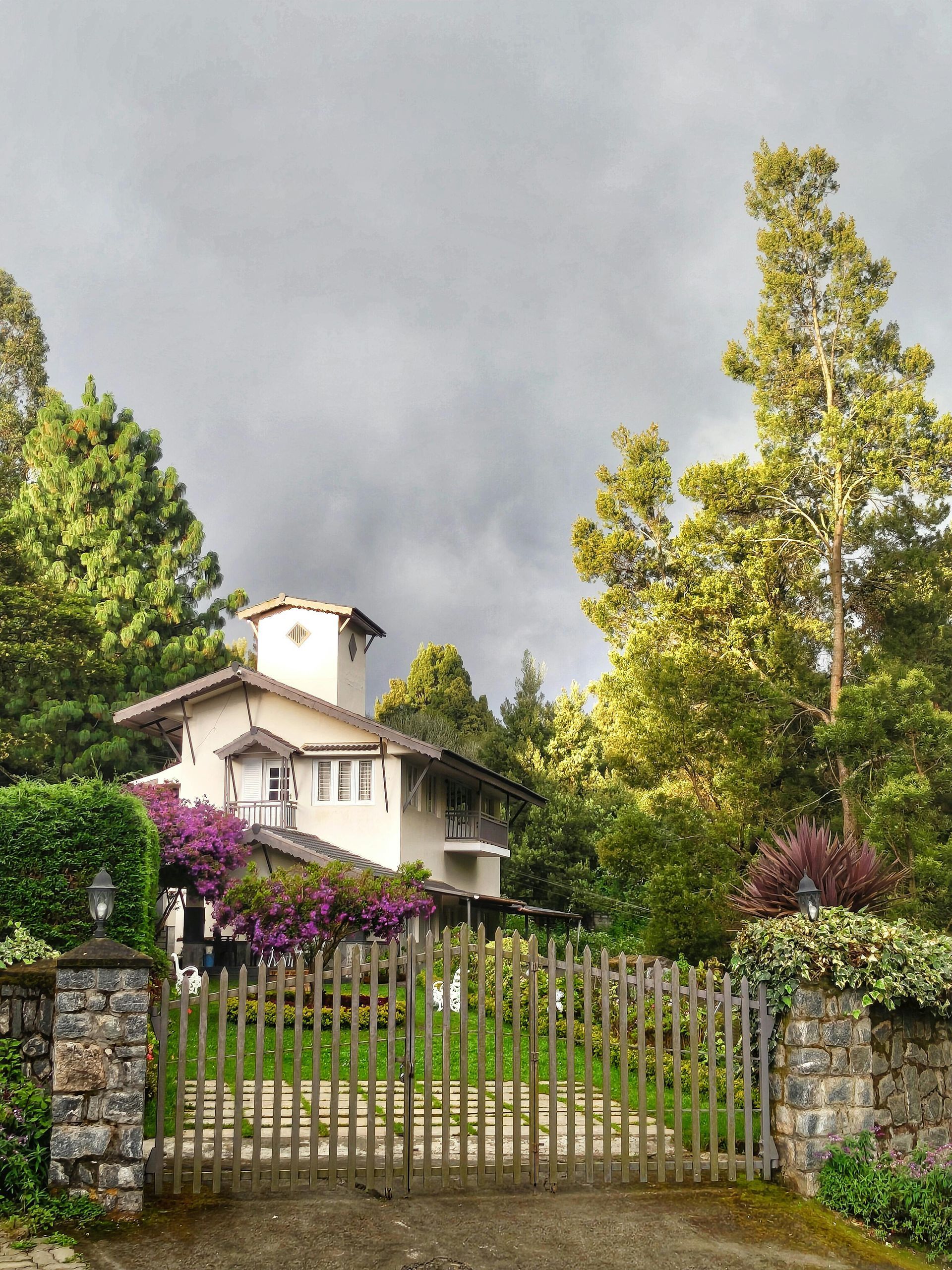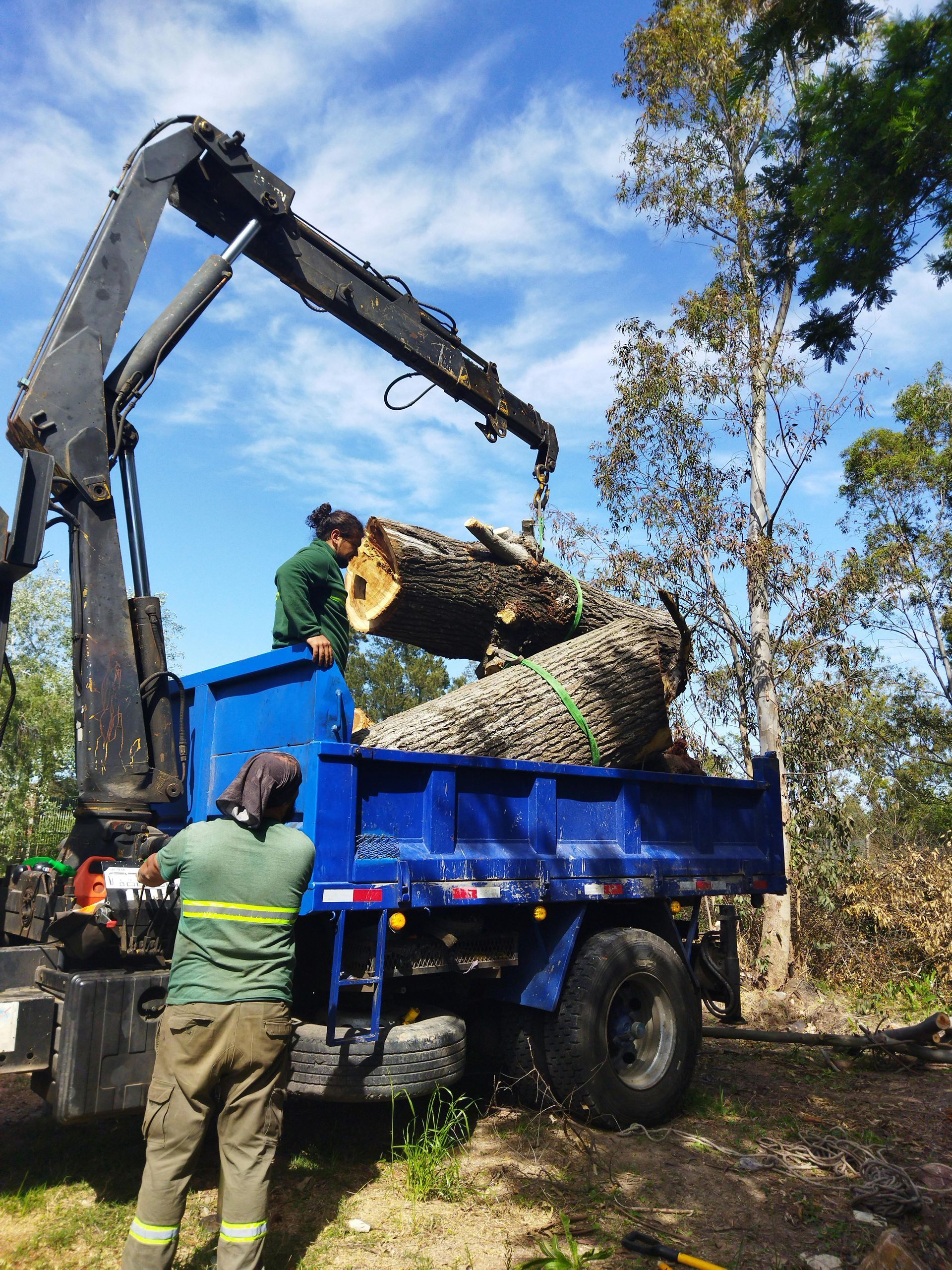Don't Guess the Soil: Plant Trees Right with Aurora Tree Service
Planting a new tree is an investment in the future. It’s a promise of shade on a hot day, a future home for birds, and a beautiful addition to your landscape. But for a tree to deliver on that promise, it needs to start its life on the right foot—or rather, in the right soil. The ground beneath our feet is more than just dirt; it's a complex ecosystem that provides the essential nutrients, water, and air that a young tree needs to thrive. Guessing which soil to use is one of the most common and costly mistakes a homeowner can make.
At Aurora Tree Service, we believe that a healthy tree starts from the ground up. Our certified arborists do more than just plant trees; we provide the expertise needed to ensure your new addition has the best possible chance of a long and healthy life. We take the guesswork out of soil selection, helping you understand your specific landscape and choose the perfect foundation for your new tree.
Why Soil Is the Foundation of Tree Health
Think of soil as a tree's primary source of nutrition. Just like people need a balanced diet, trees require a specific mix of minerals, organic matter, and microorganisms to flourish. The wrong soil can lead to a host of problems, including stunted growth, weak branches, and a high susceptibility to pests and diseases.
Here are the key components of healthy soil and why they matter:
- Texture (Sand, Silt, and Clay): The texture of your soil determines its ability to hold water and nutrients. Sandy soil drains quickly but doesn't retain nutrients well. Clay soil holds water and nutrients but can become compacted, starving roots of oxygen. The ideal soil, often called loam, is a balanced mix of sand, silt, and clay.
- Structure: This refers to how soil particles clump together. Good structure allows for proper aeration and drainage, giving roots room to grow and breathe. Compacted soil, common in urban and suburban areas, restricts root growth and can suffocate a tree.
- pH Level: Soil can be acidic, neutral, or alkaline. Different tree species have different pH preferences. A maple tree, for instance, might struggle in the highly alkaline soil that a locust tree loves. An incorrect pH level can "lock up" essential nutrients, making them unavailable to the tree's roots, even if they are present in the soil.
- Organic Matter: Decomposed plant and animal material provides a slow-release source of nutrients. It also improves soil structure and water retention. Soil that lacks organic matter is often less fertile and less resilient.
Planting a tree in unsuitable soil is like building a house on a shaky foundation. It may look fine for a while, but eventually, problems will arise.
How Aurora Tree Service Takes the Guesswork Out of Soil
You don't need to be a soil scientist to plant a successful tree—because we are. Our team at Aurora Tree Service offers a comprehensive approach to soil preparation that sets your new tree up for success from day one.
Professional Soil Analysis
Our process begins with a professional soil analysis. We don't just look at the dirt; we perform tests to understand its unique composition. An arborist will visit your property to take soil samples from the proposed planting site. These samples are analyzed to determine several critical factors:
- Soil Type: We identify the ratio of sand, silt, and clay to understand its texture.
- pH Level: We measure the acidity or alkalinity to see if it matches the needs of your desired tree.
- Nutrient Content: We test for essential macronutrients (like nitrogen, phosphorus, and potassium) and micronutrients to identify any deficiencies.
- Compaction Level: We assess how compacted the soil is, which can impact root growth and water absorption.
This data gives us a complete picture of your landscape's foundation. It moves us from guessing to knowing exactly what your soil needs.
Custom Soil Recommendations
Once the analysis is complete, our work has just begun. We use the results to provide you with tailored recommendations. We understand that not all trees are created equal. An oak tree has different needs than a delicate Japanese maple, and a fruit tree requires a different nutrient balance than an ornamental evergreen.
Our recommendations are twofold:
- Choosing the Right Tree for Your Soil: If you have your heart set on a specific spot but aren't sure what to plant, we can recommend tree species that are naturally suited to your existing soil conditions. This is the easiest path to a low-maintenance, healthy tree.
- Amending the Soil for Your Desired Tree: If you have a specific tree you want to plant, we can create a plan to amend the soil to create the perfect environment. This may involve adding organic compost to improve structure and fertility, incorporating sand to improve drainage in heavy clay, or using specific additives to adjust the pH level.
This customized approach ensures that your investment is protected. We help you create an environment where your new tree isn't just surviving—it's thriving.
Expert Soil Preparation and Planting
With a plan in place, our team can handle the entire soil preparation and planting process. We don't just dig a hole and drop in a tree. We properly amend the soil in the planting area, ensuring the new material is blended with the native soil to encourage roots to expand outward.
We also ensure the tree is planted at the correct depth—a common mistake that can lead to root rot or girdling roots. Our arborists follow industry best practices to give your tree a stable, nutrient-rich, and well-aerated home.
Your Partner in Long-Term Tree Health
At Aurora Tree Service, our commitment to your tree doesn’t end on planting day. We see ourselves as your long-term partners in landscape health. The right soil gives your tree a powerful start, and our ongoing care services can help it grow strong for generations to come.
Planting a tree is a hopeful and rewarding act. By ensuring it has the right foundation, you are giving it the gift of a long and healthy life. Before you pick up a shovel, let the experts at Aurora Tree Service help you understand what lies beneath.
Contact us today for a soil consultation and let us help you build a healthier, more beautiful landscape from the ground up.
Meta Title: Right Soil for New Trees | Aurora Tree Service Expertise
Meta Description: Planting a new tree? The soil matters. Learn how Aurora Tree Service provides expert soil analysis and recommendations to ensure your tree thrives from the start.



